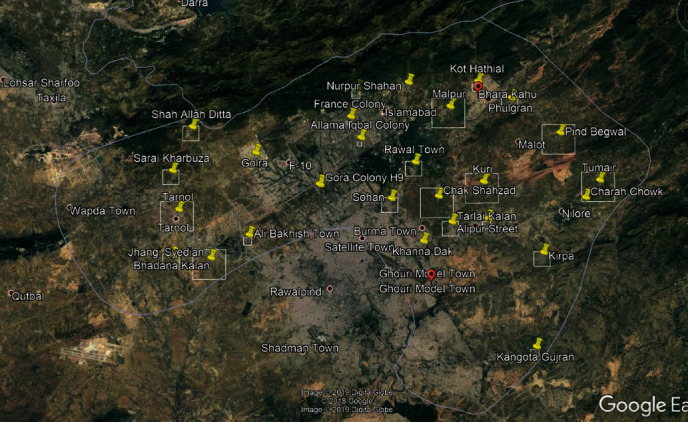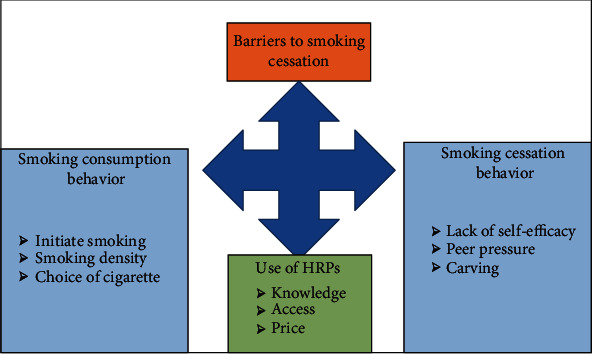Barriers to Cigarette Smoking Cessation in Pakistan: Evidence from Qualitative Analysis.
IF 1.2
Q4 SUBSTANCE ABUSE
Journal of Smoking Cessation
Pub Date : 2021-11-08
eCollection Date: 2021-01-01
DOI:10.1155/2021/9592693
引用次数: 4
Abstract
Background With over 25 million tobacco users, Pakistan has one of the largest smoking populations in the world. Tobacco addiction comes with grave health consequences, especially for the poor and marginalized. Objective This study explores barriers to smoking cessation in marginalized communities of Islamabad and the possibility of their use of Harm Reduction Products (HRPs), primarily e-cigarettes. Methodology. The study has used primary data of 48 respondents from marginalized communities. Several domains have been employed to evaluate the barriers to smoking cessation in these communities. Using qualitative technique, data was organized and categorized into objective themes. Conclusion The experience of combustible smoking usually occurs in the 10-20 years' age bracket. Regular smokers in marginalized areas of Islamabad smoke 20 cigarettes or a pack per day. Their choice of cigarette brand is largely driven by affordability. Most smokers have made at least one attempt to quit smoking. Peer pressure and friendship are major barriers to smoking cessation. Lack of knowledge seems to be the major reason for not seeking medical assistance for quitting smoking. Knowledge about HRPs, especially e-cigarettes, can best be described as vague. Higher prices of the alternatives to combustible smoking are a major hurdle preventing their use for smoking cessation.


巴基斯坦戒烟障碍:来自定性分析的证据。
背景:巴基斯坦拥有2500多万烟草使用者,是世界上吸烟人口最多的国家之一。烟草成瘾会带来严重的健康后果,特别是对穷人和边缘化群体。目的:本研究探讨了伊斯兰堡边缘化社区的戒烟障碍以及他们使用减害产品(HRPs)的可能性,主要是电子烟。方法。该研究使用了来自边缘化社区的48名受访者的原始数据。已经采用了几个领域来评估这些社区的戒烟障碍。使用定性技术,将数据组织并分类为客观主题。结论:可燃性吸烟多发生于10 ~ 20岁年龄组。在伊斯兰堡的边缘地区,经常吸烟的人每天抽20支或一包烟。他们选择香烟品牌的主要原因是价格实惠。大多数吸烟者至少有过一次戒烟的尝试。同伴压力和友谊是戒烟的主要障碍。缺乏知识似乎是不寻求医疗帮助戒烟的主要原因。关于hrp的知识,尤其是电子烟,可以用模糊来形容。可燃性香烟替代品价格上涨是阻碍它们用于戒烟的主要障碍。
本文章由计算机程序翻译,如有差异,请以英文原文为准。
求助全文
约1分钟内获得全文
求助全文
来源期刊

Journal of Smoking Cessation
Medicine-Psychiatry and Mental Health
CiteScore
1.70
自引率
0.00%
发文量
13
 求助内容:
求助内容: 应助结果提醒方式:
应助结果提醒方式:


